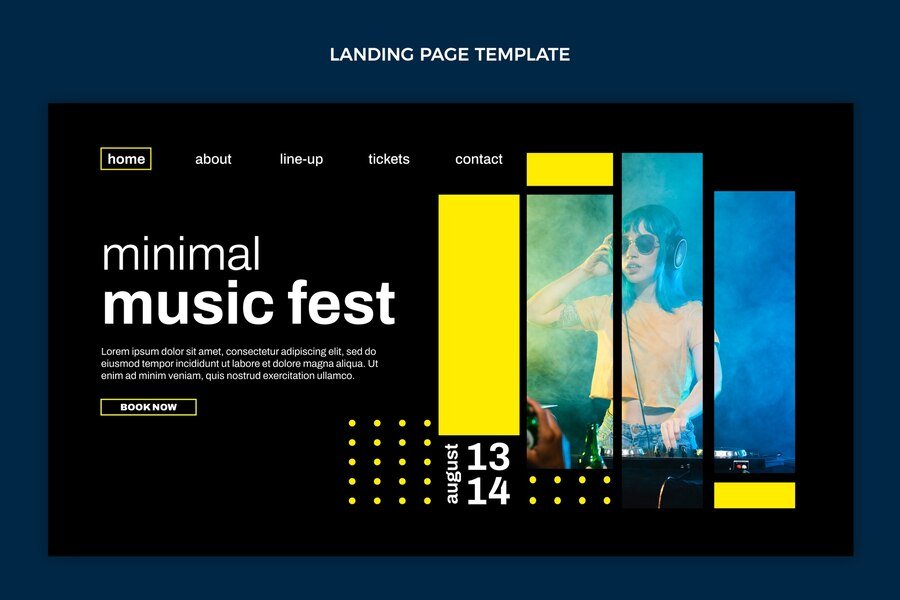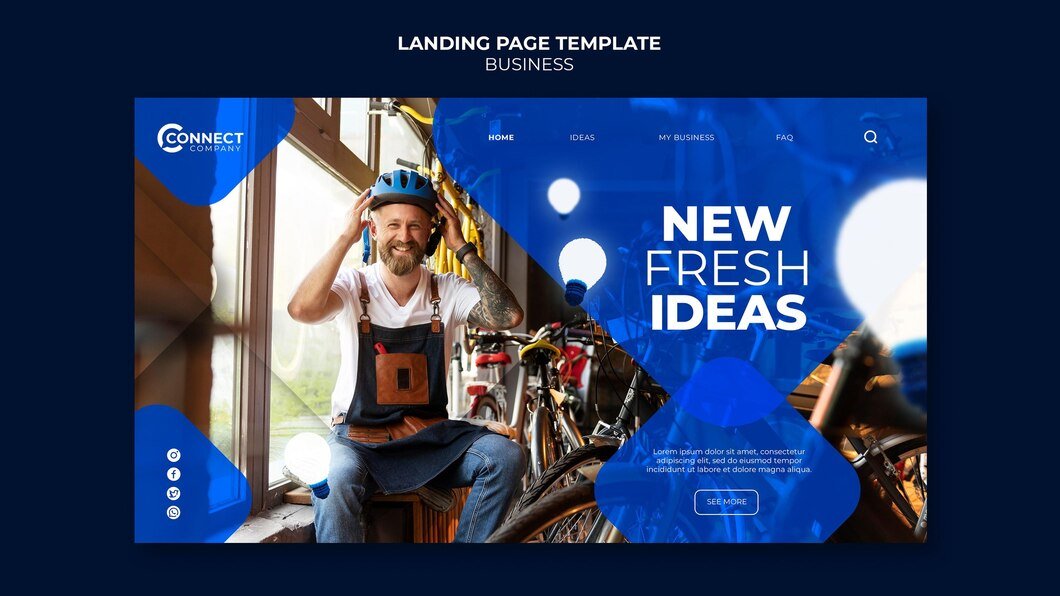Whiteboard animations have become an increasingly popular educational and marketing tool, captivating audiences across various fields. Their unique combination of visual and auditory elements makes them a powerful medium for conveying information. But what exactly makes whiteboard animations so effective? Let’s delve into the science behind this engaging and impactful form of communication.
1. Cognitive Load Theory
Cognitive Load Theory (CLT) suggests that our working memory has a limited capacity for processing new information. Effective instructional design, therefore, seeks to manage cognitive load by presenting information in ways that facilitate learning. Whiteboard animations excel in this regard by breaking down complex concepts into simple, manageable pieces. The step-by-step visual representation helps learners focus on one element at a time, reducing the likelihood of cognitive overload.
2. Dual Coding Theory
Dual Coding Theory, proposed by Allan Paivio, posits that people process information through two channels: verbal and visual. When information is presented using both channels, it is more likely to be understood and retained. Whiteboard animations leverage this theory by combining narrated explanations with visual illustrations. This dual input helps reinforce the message, making it easier for the brain to encode and retrieve the information.
3. The Modality Effect
The Modality Effect is a principle from multimedia learning theory that suggests information is more effectively processed when it is presented in both visual and auditory formats. Whiteboard animations capitalize on this effect by synchronizing spoken words with visual drawings. This method aligns with how our brains naturally process multimodal information, enhancing comprehension and retention. By engaging both the auditory and visual senses, whiteboard animations create a more immersive learning experience.
4. The Picture Superiority Effect
Research shows that people are more likely to remember information presented as pictures rather than text alone. This phenomenon, known as the Picture Superiority Effect, underscores the power of visuals in enhancing memory. Whiteboard animations harness this effect by transforming verbal explanations into dynamic visual narratives. The visual representations serve as powerful memory aids, making the content more memorable and easier to recall.
5. Engagement Through Narrative
Humans are hardwired for storytelling. Narratives capture our attention and help us connect with the content on an emotional level. Whiteboard animations often incorporate storytelling elements, creating a narrative flow that keeps viewers engaged. By weaving information into a compelling story, these animations make learning more enjoyable and meaningful. The narrative structure also aids in organizing information logically, making it easier to follow and understand.
6. The Generation Effect
The Generation Effect refers to the phenomenon where information is better remembered if it is generated by the learner rather than simply received passively. While whiteboard animations are primarily a passive learning tool, they often stimulate active engagement by encouraging viewers to anticipate the next steps or outcomes. This mental participation can enhance the learning experience and improve retention. The interactive nature of whiteboard animations, even if only mentally, taps into the benefits of active learning.
7. Attention and Focus
In a world filled with distractions, maintaining attention is a significant challenge. Whiteboard animations are particularly effective at capturing and holding viewers’ attention. The continuous motion of the drawing hand, the emergence of new images, and the unfolding narrative all contribute to sustained engagement. This dynamic presentation style keeps the brain stimulated, preventing the mind from wandering and ensuring that viewers remain focused on the content.
8. Simplification of Complex Information
One of the most significant advantages of whiteboard animations is their ability to simplify complex information. By breaking down intricate concepts into step-by-step visuals, these animations make challenging topics more approachable. This simplification process involves stripping down information to its essential components and presenting it in a clear, concise manner. The visual format helps to clarify relationships between concepts, making it easier for viewers to grasp the overall picture.
9. Emotional Engagement
Emotional engagement plays a crucial role in learning and memory. Whiteboard animations often incorporate elements of humor, surprise, and relatability, which can evoke emotional responses. These emotional connections make the content more memorable and can increase motivation to learn. By appealing to emotions, whiteboard animations enhance the overall impact of the message and create a more immersive learning experience.
10. Versatility Across Learning Styles
Different people have different learning preferences, often categorized into visual, auditory, and kinesthetic learning styles. Whiteboard animations cater primarily to visual and auditory learners but can also engage kinesthetic learners through interactive elements. The versatility of whiteboard animations makes them an inclusive educational tool, capable of reaching a broad audience. This adaptability ensures that the content is accessible and engaging for diverse learners.
11. Repetition and Reinforcement
Repetition is a key factor in reinforcing learning and ensuring retention. Whiteboard animations can be replayed multiple times, allowing viewers to review the content as needed. This repetition helps to solidify understanding and commit information to long-term memory. Additionally, the combination of visuals and audio means that each repetition reinforces the material through multiple channels, enhancing retention.
12. Reduction of Extraneous Cognitive Load
Extraneous cognitive load refers to the unnecessary mental effort imposed by poorly designed instructional materials. Whiteboard animations minimize extraneous cognitive load by presenting information in a clear, organized manner. The use of simple, hand-drawn illustrations and straightforward narration ensures that viewers are not overwhelmed by irrelevant details. This streamlined approach allows learners to focus on the essential content, facilitating more effective learning.
Conclusion
The effectiveness of whiteboard animations is rooted in a combination of cognitive science principles and multimedia learning theories. By leveraging dual coding, reducing cognitive load, engaging attention, and simplifying complex information, whiteboard animations create a powerful and engaging learning experience. Their ability to cater to different learning styles, evoke emotional engagement, and reinforce learning through repetition makes them an invaluable tool in education and communication.
As technology continues to evolve, the use of whiteboard animations is likely to expand, offering even more innovative ways to enhance learning and communication. Understanding the science behind their effectiveness can help educators, marketers, and communicators harness the full potential of whiteboard animations, creating content that is not only informative but also engaging and memorable.













